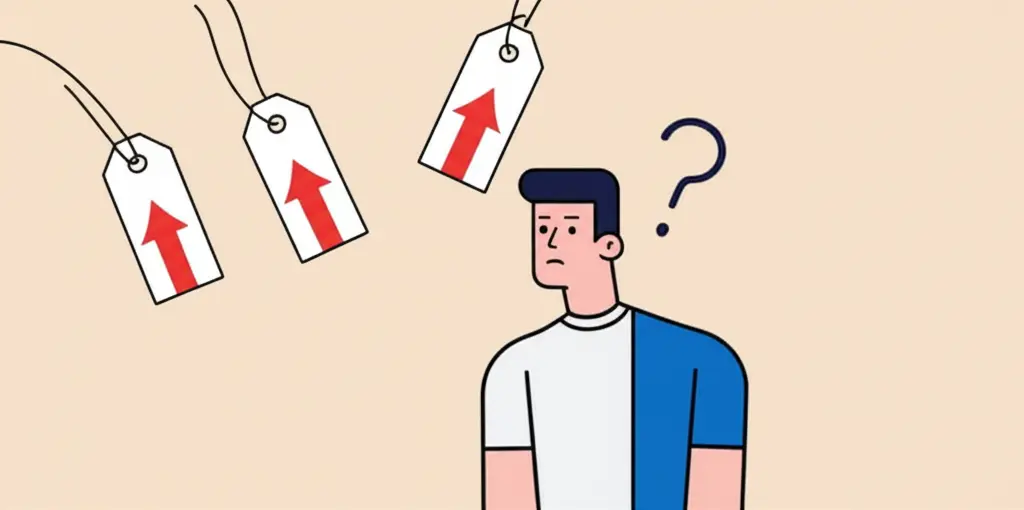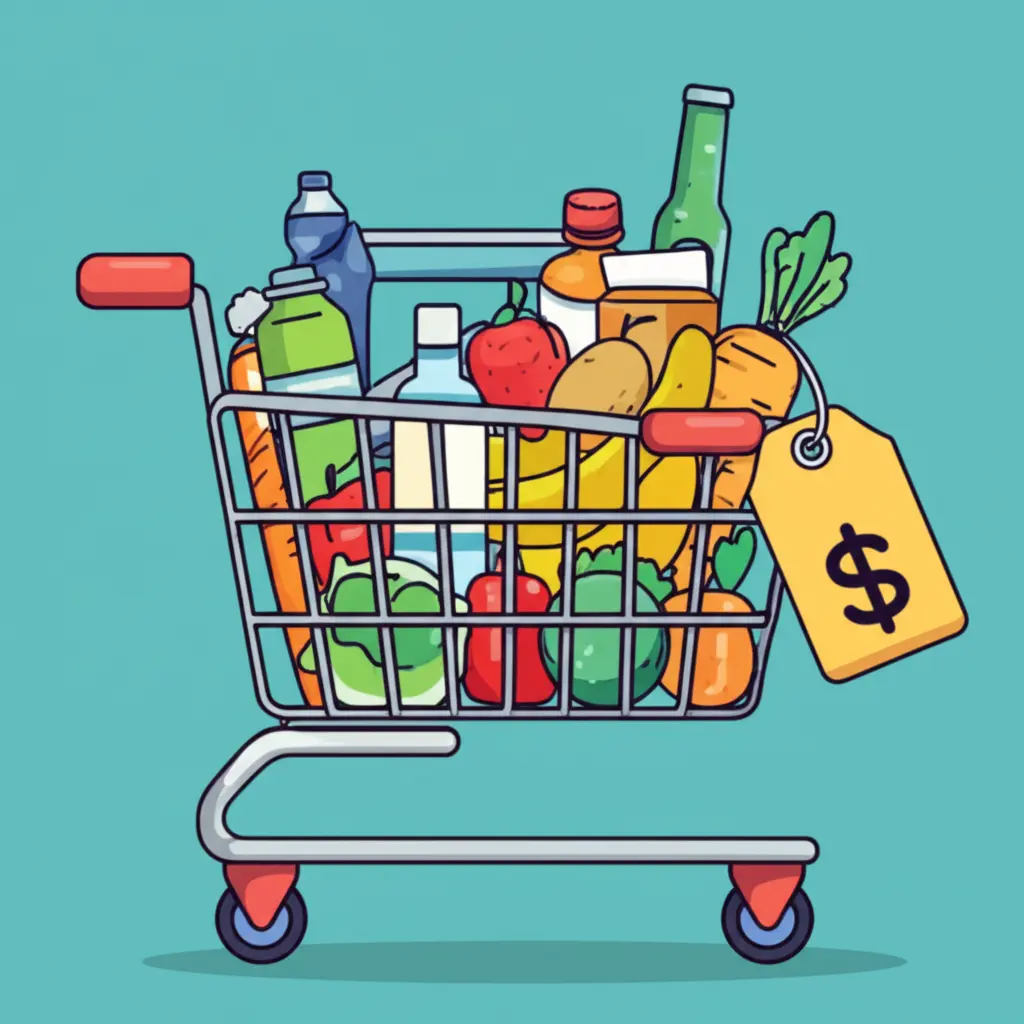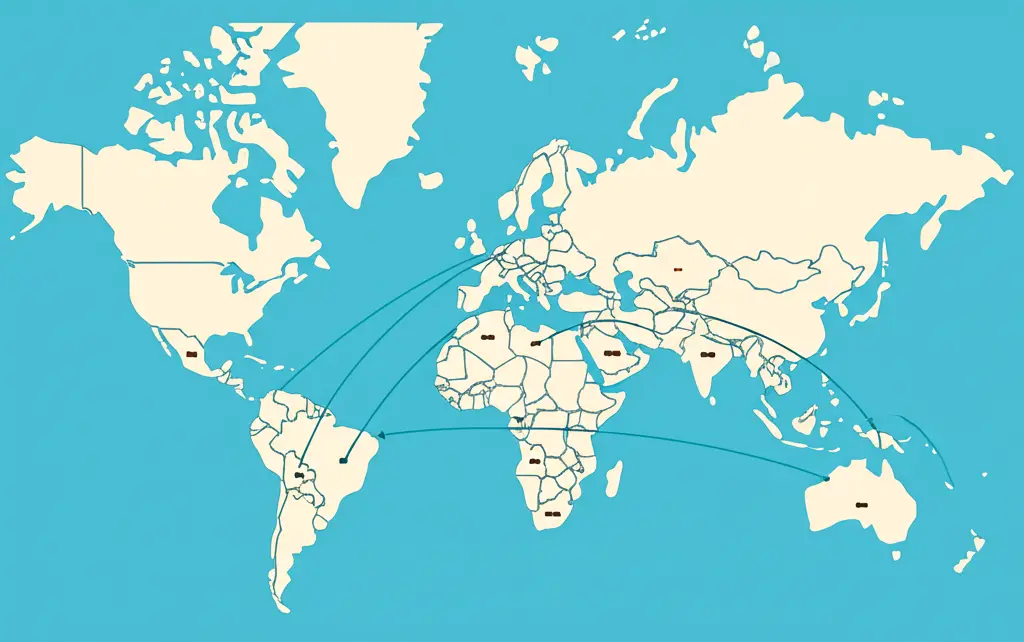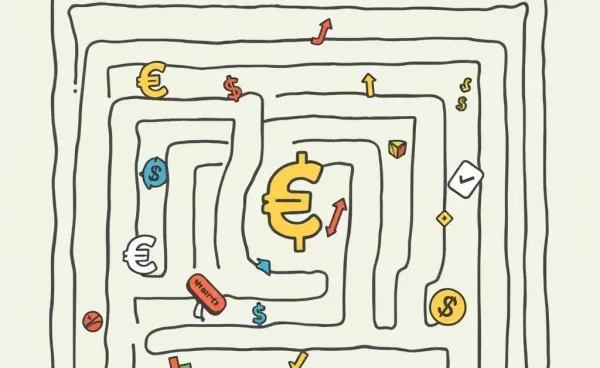How Tariffs Impact Your Everyday Purchases: Unpacking the Costs
Discover how tariffs affect prices in your daily life and ways to mitigate these impacts.

Have you noticed that your grocery bill has been a bit higher lately? You’re not alone. Let’s chat about what's going on and, more importantly, why these price hikes are happening. Spoiler: tariffs have a lot to do with it.
What Exactly Are Tariffs?
Think of tariffs as taxes placed on imported goods. When companies have to pay more to bring items into the country, guess where those costs often land? Right in our shopping carts! From groceries to gadgets, tariffs touch a surprising number of our everyday purchases.

How Do Tariffs Affect Consumer Prices?
When tariffs are imposed, businesses dealing in imported goods face increased costs. They typically pass these costs onto us — the buyers. Sure, companies could absorb the cost, but profit margins often don’t allow for that luxury. Here’s a nuts-and-bolts look at how tariffs creep into our expenses:
- Raw Materials: Tariffs on raw materials make products that rely on them more expensive. Steel used in cars, for example, can drive up auto prices.
- Finished Goods: Tariffs on household electronics or appliances mean higher retail prices. That new toaster might have just gotten pricier.

Strategies to Cope with Rising Prices
No need to panic — there are practical strategies we can apply to soften the blow on our budgets:
- Plan Ahead: Keeping an eye on pricing trends can help you anticipate cost increases. That way, you can stock up before prices rise.
- Buy Local: Supporting local businesses and purchasing domestically produced goods can sidestep some of the tariff-related price spikes.
- Flexibility and Bargain Hunting: Sometimes changing brands or timing your purchases right can save money.
How Long Will These Effects Last?
It’s tough to say. Tariffs can be as fickle as fashion trends, subject to change with new trade agreements or diplomatic shifts.
However, staying informed and adaptable is key. It’s about understanding how trade policies ripple through everyday life — best approached with a blend of awareness and flexibility.

Wrapping It Up
Tariffs may feel like an abstract concept, but they play a tangible role in the prices of goods we rely on. By staying proactive and informed, we can better navigate the ripple effects of these economic policies. What are you doing to manage increased costs in your everyday life? I'd love to hear your thoughts! Feel free to share your strategies in the comments below.




